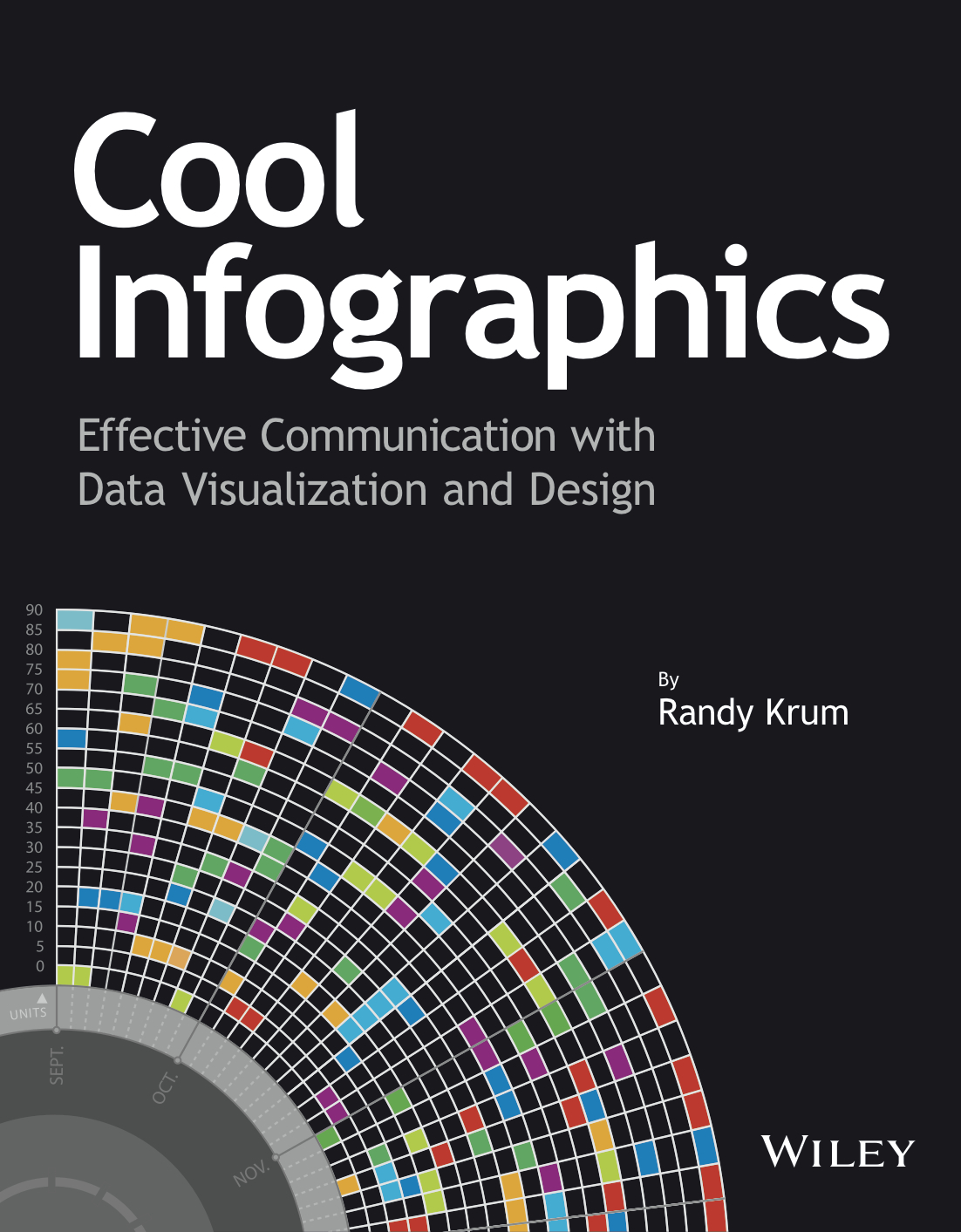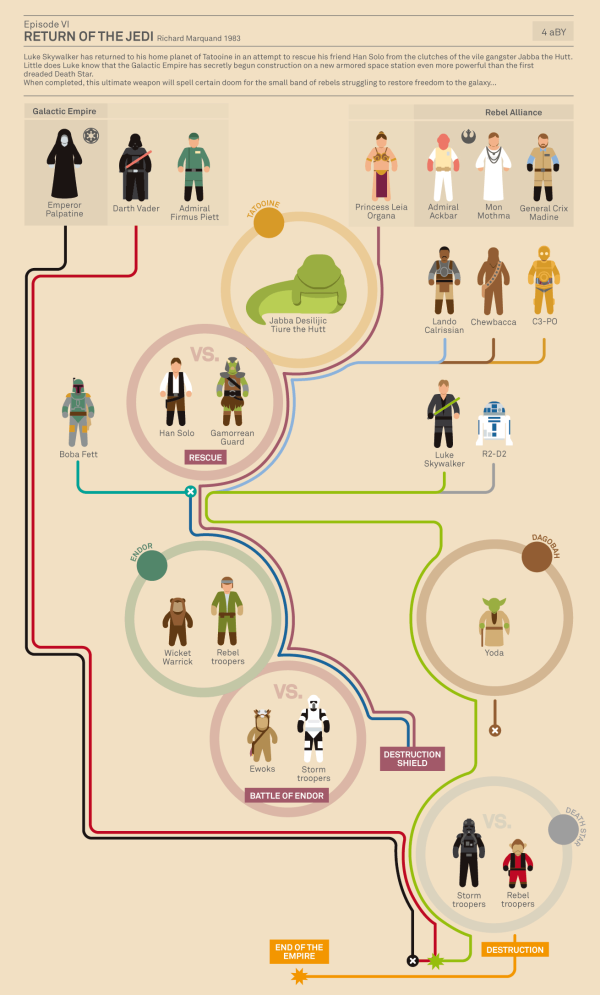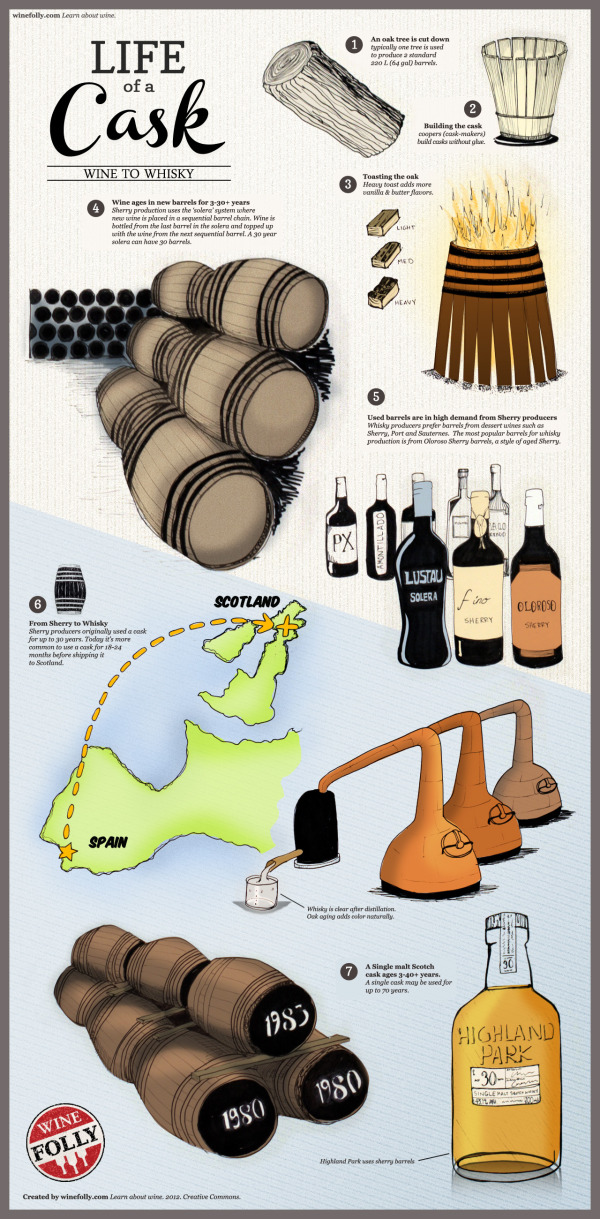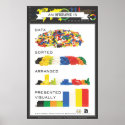The History of Mickey Mouse
Mickey Mouse hasn’t just survived for 80 years, he has thrived. The History of Mickey Mouse infographic from Goin2Travel.com has condensed this famous mouse life style into a highlight timeline.
Mickey Mouse is the most recognizable Disney character on the planet. After more than 80 years of stardom, we thought it would be fun to review the history of this iconic mouse. From humble beginnings during the “roaring twenties”, surviving and even flourishing during the “great depression” right up to the digital age present, he and his fellow, Disney stars, are favorites of children everywhere.
So whether your planning a visit to Disney World Orlando, or just a fan, sit back, relax, and enjoy this visual history trip through time of Mickey Mouse.
They did a good job of showing the reader actual images and photos of Mickey through the years, and I like the use of Mickey Hands as the arrowheads on the connecting lines.
The biggest issue is that many of the images are so far away from the correct year along the righthand side, that it’s very hard to follow the connecting lines. You really don’t want images from the 1950s visually placed next to 1970s on the timeline. I would suggest putting the years down the middle and placing the event images on both sides so they can be adjacent to the actual time on the timeline.
The URL at the bottom should be a link to the original infographic instead of the frontpage of the company site. You want readers to be able to find the original infographic when it’s not correctly linked on the Web.









 Randy
Randy











